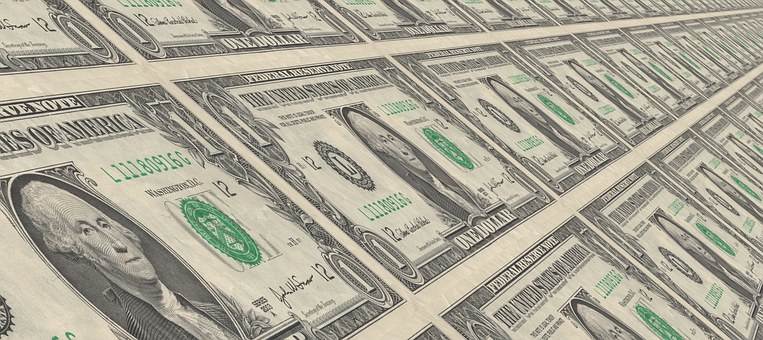 U.S 10-year Treasury note yields slumped 3.4 basis points on Tuesday to 1.441 percent, their lowest rate since July 2016. The decline came after the 10-year Treasury note eased nearly 50 basis points in August, a range that hasn’t been seen since January 2015.
U.S 10-year Treasury note yields slumped 3.4 basis points on Tuesday to 1.441 percent, their lowest rate since July 2016. The decline came after the 10-year Treasury note eased nearly 50 basis points in August, a range that hasn’t been seen since January 2015.
Tuesday’s Treasury decline was prompted after a data released by the Institute for Supply Management showed that the U.S. manufacturing sector contracted in August, posting its first monthly decline since 2016. Analysts immediately attributed the decrease in manufacturing to the U.S.-China trade war and the choppy flow of products between countries that has resulted from the tariffs and their relating political drama. Manufacturing makes up about 12 percent of the U.S. economy
The move for U.S. Treasuries was not an isolated event; the German 10-year government bond yield fell one basis point to negative 0.708 percent on Tuesday, while the U.K 10-year government bond declined 2.4 basis points.
The dollar struggled in early Asian trade, with the dollar index easing 0.06 percent as of 12:46 p.m. HK/SIN, to 98.94. The dollar’s biggest decline came against the British pound, which rose 0.12 percent against the greenback as traders got a boost from an anticipated Brexit delay when British policymakers voted to take control of the parliamentary agenda and to go for another vote today, which will determine if Prime Minister Boris Johnson will be able to implement a ‘hard Brexit’ or not. The sterling was trading at $1.2099 after hitting a nearly three-year low on Tuesday when it fell under the $1.20 mark.
Silver Hits Two-Year Highs
Shirking the somber mood in the Treasury markets was silver which blew past its two-year highs to trade at $19.515 per ounce in the early Asian afternoon on Wednesday. The precious metal has surged nearly 12 percent in the past month, while gold, the more common safe-haven asset, has gained only around 5 percent.
The dovish Fed can be credited for silver’s success, with the supporting credit owing to the fact that with gold at six-year highs, traders found selling opportunities and opted for the more affordable silver instead. As a metal that is popular in industrial applications, the demand for silver is expected to remain high. Nevertheless, silver mine production declined 2 percent last year, the third consecutive year of silver mining declines. The combination of continued need and decreasing demand is likely to drive silver prices above the current peaks before they start to recede.
